Description
Komachi Washing the Poem-Papers by Nishimura Shigenaga printed on a Hoodie
About the Hoodie
Modern fit
It provides a more tailored look than a regular fit
Comfortable
The fabric and fit of this item are extra comfy
Tear-away tag
Easily removable tear-away tag that allows you to add a custom inside label
Premium quality
The product is made from premium, high-quality materials
Classic unisex hoodie with a front pouch pocket and matching flat drawstrings. The 100% cotton exterior makes this hoodie soft to the touch.
- 65% ring-spun cotton, 35% polyester
- Charcoal Heather is 60% ring-spun cotton, 40% polyester
- Carbon Grey is 55% ring-spun cotton, 45% polyester
- 100% cotton face
- Fabric weight: 8.5 oz./yd.² (288.2 g/m²)
- Front pouch pocket
- Self-fabric patch on the back
- Matching flat drawstrings
- 3-panel hood
- Tear-away tag
Nishimura Shigenaga (1697-1756)
Nishimura Shigenaga was a Japanese ukiyo-e artist.
Shigenaga was born c. 1697 in Edo (modern Tokyo). He worked as a landlord in Tōriabura-chō before moving to the Kanda district, where he ran a bookshop and taught himself art; he is not known to have had a teacher. His work began to appear c. 1719. He worked in a variety of genres and formats. His earlier work tended to be yakusha-e portraits of kabuki actors in the style of the Torii school; his later work is in an idiom more his own, incorporating the influence of Okumura Masanobu and Nishikawa Sukenobu. Other genres he worked in include landscapes, kachō-e pictures of scenes of nature, and historical scenes. He made a number of uki-e “floating pictures” incorporating geometric perspective. The number of uki-e he produced was second only to Masanobu, who asserted himself the originator of the technique.
Shigenaga’s better-known work includes the series Fifty-four Sheets of Genji, a collaborative series with Torii Kiyomasu II in c. 1730–35; and the Picture Book of Edo Souvenirs in 1753. He produced some of the earliest ukiyo-e landscape prints; in 1727, his was the first set of prints of Lake Biwa. His work had a strong influence on later artists such as Suzuki Harunobu and Ishikawa Toyonobu, who may have been students of Shigenaga’s; Toyonobu may have been Nishimura Shigenobu, Shigenaga’s most prominent student.

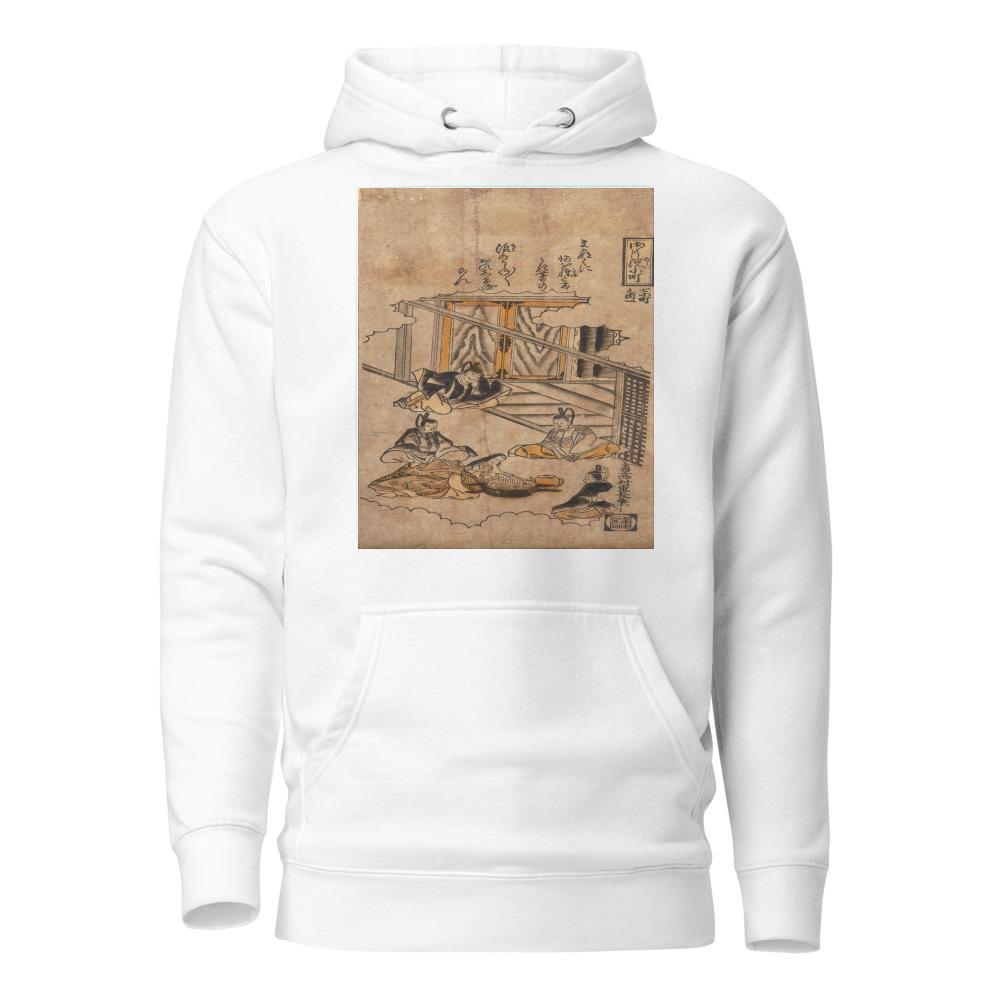
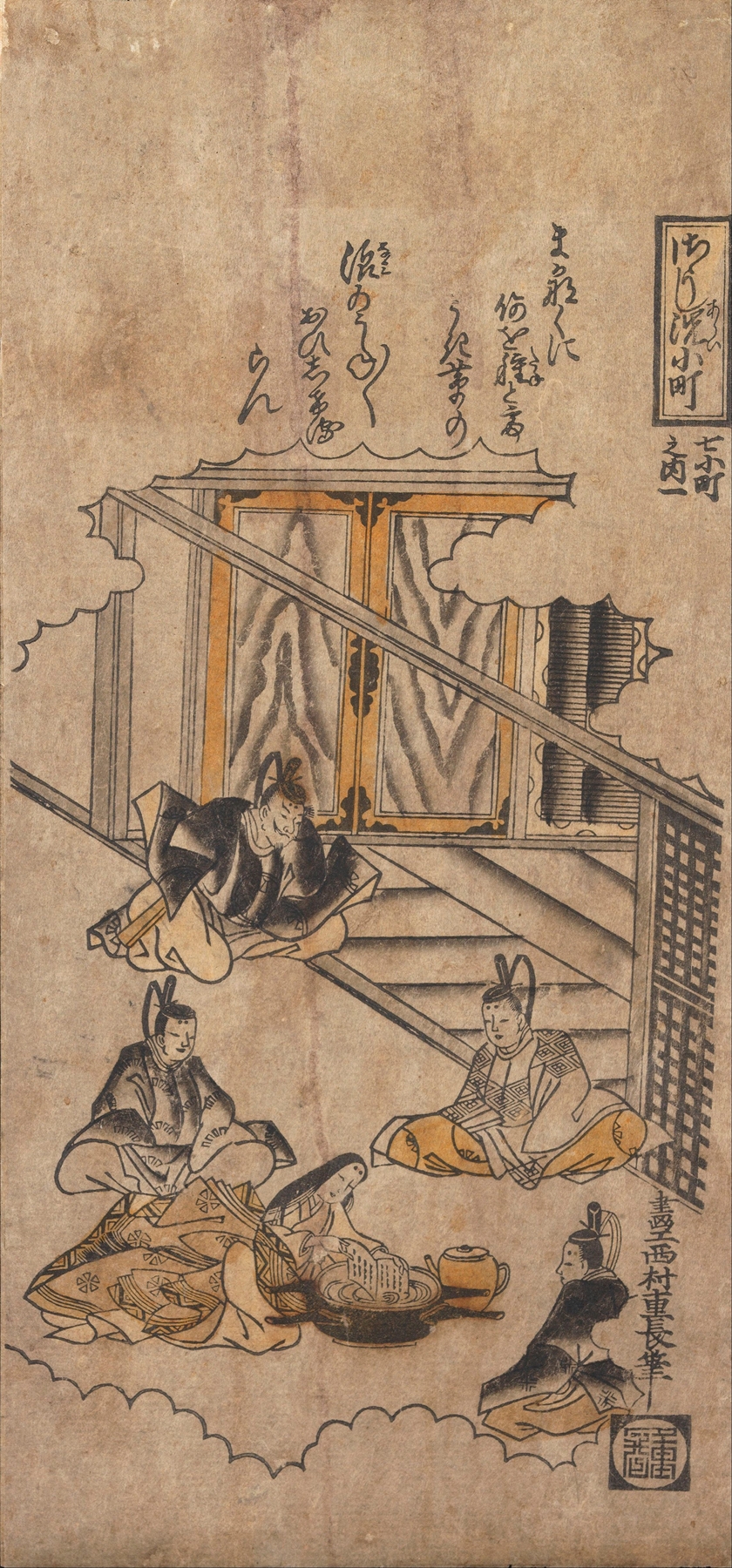
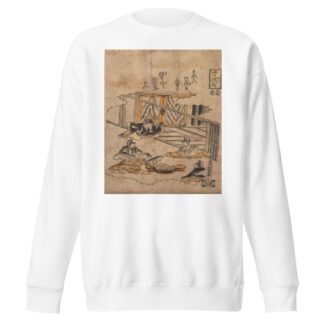
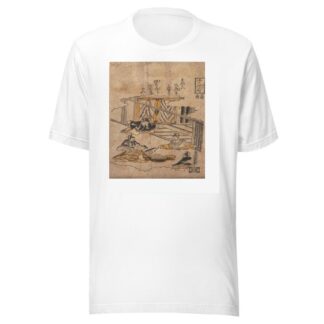
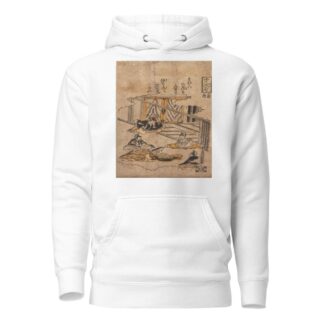
Reviews
There are no reviews yet.